Galaxy Blitz: Will the popularity of the "Three-Body" IP bring a surge in sci-fi games?
Author: Galaxy Blitz
2023 is the breakout year for the "Three-Body" IP. In December 2022, Bilibili premiered the "Three-Body" animation, and at the beginning of 2023, Tencent Video launched the "Three-Body" TV series. The Netflix version of "Three-Body" is scheduled to be released this year, with the script adaptation handled by David Benioff, Alexander Woo, and D.B. Weiss, writers from "Game of Thrones." They shared trailers and previews at various tech events across the U.S., raising fans' expectations for the Netflix version.
The "Three-Body" series is about to spark a global frenzy for sci-fi IPs. Recently, a sci-fi strategy game called Galaxy Blitz, based on the Aptos and BSC chains, inherits the hard sci-fi spirit of "Three-Body" in its aesthetics, presenting a wealth of imagination from the literature through next-generation visual effects technology. It is currently the most complete game product in the blockchain gaming space.
Let's review the artistic content of the game one by one:
1. Super Space Research Institute
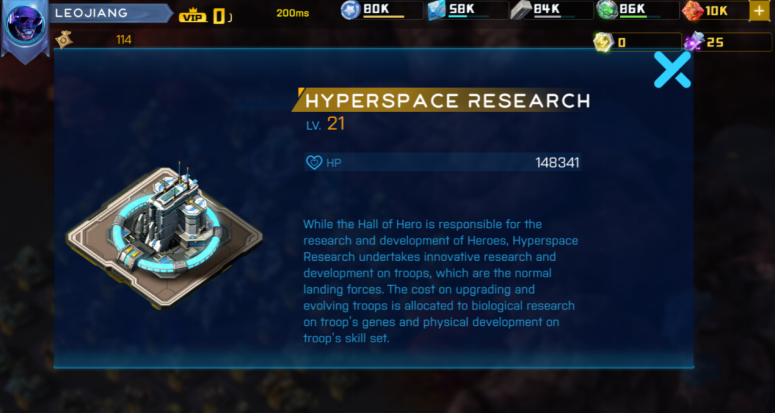
First, we have the research institute in the game, which serves to upgrade the technological level within the game. The design of the institute actually draws inspiration from high-energy particle colliders. Particle collisions require a circular ring to continuously accelerate high-energy particles to near the speed of light to conduct collision experiments.
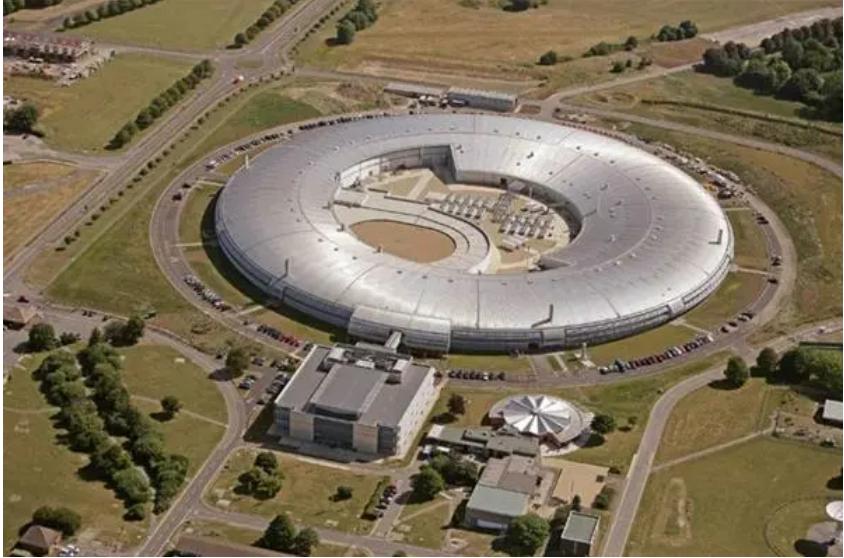
LHC: The Large Hadron Collider in Geneva, home to over 2,000 physicists from 34 countries. It is evident that the LHC is also a large circular design, a circular accelerator buried 100 meters underground, with a tunnel that is 27 kilometers long.
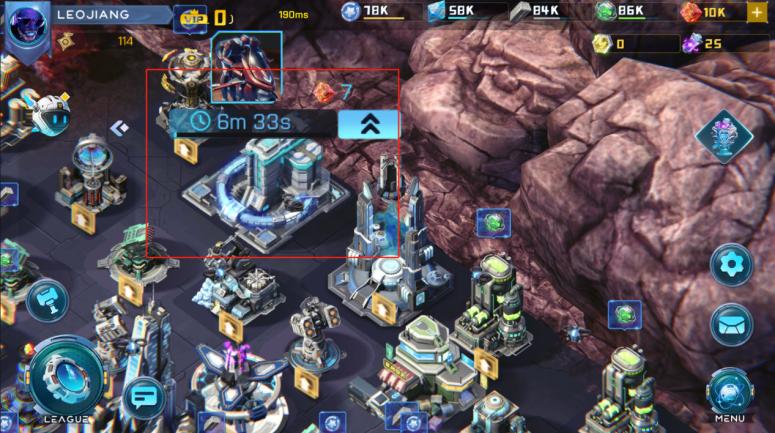
After players perform research operations, the ring simulates the process of particle acceleration, continuously accelerating particles to carry out research work. As the research nears completion, the particle acceleration speeds up, and upon final completion, an animation of particle collision demonstrates the completion of the research.

Still from the Tencent version of "Three-Body": The Liangxiang Accelerator, which is based on the Beijing Electron-Positron Collider National Laboratory, consists of a circular accelerator (also known as a storage ring) with a circumference of 240 meters, a Beijing Spectrometer that is 6 meters high and weighs 500 tons, and synchrotron radiation experimental devices surrounding the storage ring.
2. Black Hole Storage

The black hole storage is designed as a prototype ring door communicating with the storage, serving to protect a portion of players' resources from being plundered by others.
The explanation provided by the creators for the black hole storage is quite interesting: In outer space colonies, no "social" rules can protect people's assets. Only mathematics, which transcends any rules, can do that. In the future, physicists will closely combine cryptography with physics. Physicists can program a multiverse and then encrypt it, allowing people to store matter within the multiverse. Only those who know the password can successfully store and retrieve matter; the portal is the gateway to the programmable multiverse.
This explanation is a double entendre according to the creators, first paying homage to the idea of small and large universes separated by advanced civilizations in the third book of "Three-Body."
On the other hand, it essentially explains what blockchain is: Blockchain is a mathematically defined asset protection space, a mathematically defined "new Switzerland," while Swiss banks are defined by social rules and can be influenced by social forces. For example, the U.S. forced Switzerland to hand over account holder lists, which Swiss banks had to comply with. In contrast, mathematical laws are natural and transcend any social rules. For the first time, blockchain allows assets to truly belong to individuals through mathematics, requiring only the memorization of a private key.
Such philosophical speculation is very novel and interesting, indicating the creators' high understanding of Web3.
3. Mini Black Holes

If humans could one day create black holes, what could they be used for?
In the third book of "Three-Body," the ring solar accelerator built by Wei and others created a mini black hole, which was quickly filled with a small asteroid to prevent it from evaporating due to Hawking radiation.
In Galaxy Blitz, however, the creators believe that humans can create mini black holes for the benefit of humanity. Imagine a technologically advanced future where garbage is thousands of times more than it is now. On one hand, landfilling is very environmentally unfriendly, and on the other hand, do we have enough land to deal with the garbage? The creators of Galaxy Blitz have a groundbreaking idea: Why can't we use black holes to dispose of garbage? No matter what kind of waste it is, whether nuclear waste or electronic waste, just dump it into the black hole, and it will be disposed of, which is very environmentally friendly and economical.
Of course, this is ultimately a war-themed game, and here it explains how mini black holes can be turned into weapons. Humans invented mini black holes initially to handle waste, but later they were used for interstellar warfare. This subtly pays homage to Alfred Nobel's invention of dynamite, which was initially created for bridge building and mining but ultimately used for war. In order to promote peace and scientific progress, he donated his wealth to the scientific community.
The creators, being fellow Scandinavians, use this metaphor to express that while they are making a war game, they also convey their hope for ultimate peace for humanity.
4. Star Coin Mining Machine
Many people have wondered why the computing power used for BTC mining cannot be applied to more meaningful endeavors. In our real society, there is a distributed protein structure computing project called Folding@home, which has made significant contributions, including unveiling the mysteries of the COVID-19 spike protein for the first time, providing clues for developing vaccines and specific drugs against the coronavirus.
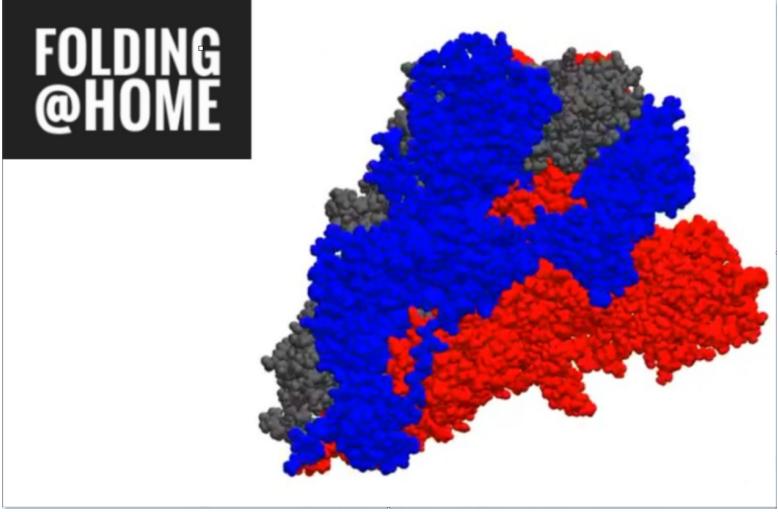
Folding@home not only publicly revealed the COVID-19 spike protein for the first time but also released animations of coronavirus proteins infecting healthy cells. The primary work of Folding@home is to explore how proteins (the basic components of viruses and other biological entities) fold into three-dimensional shapes to perform various functions, providing atomic-level support for the development of specific drugs and vaccines for COVID-19.

To perform such a large amount of computation, Folding@home requires substantial computing power. It celebrated surpassing the 100 billion mark in computing power on Twitter, with data showing participation from 356,065 NVIDIA GPUs, over 79,498 AMD GPUs, and 400,000 volunteers with their home computers.
However, how does this computing power compare to that of virtual currency mining? The ETH POW network had a total computing power of 641.08 THash/s just before its retirement on July 5, 2022, equivalent to 10,684,667 RTX 3060 Ti cards.
Just on the verge of retirement, the computing power of ETH POW, calculated by the number of graphics cards, is 24.5 times that of Folding@home, and 74 times when calculated by computing power.
Why can't a project like Folding@home, which benefits all humanity, replace the current POW model, generate tokens, and form a positive cycle?
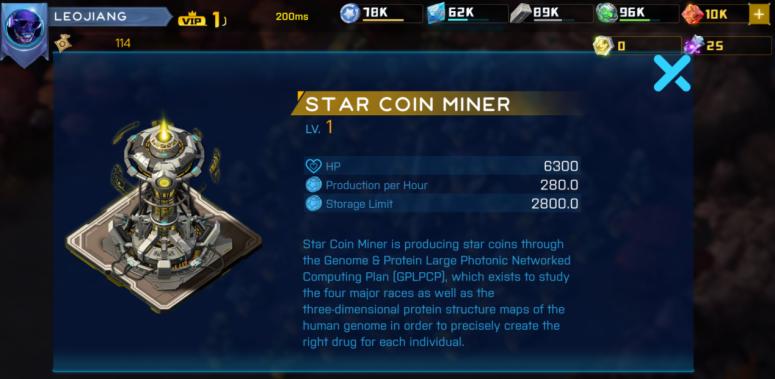
The creators of Galaxy Blitz have realized this in the game. The star coin mining machine in the game is generated through a genome & protein optical brain computing project, aimed at calculating the unique genome of each organism to produce precise medications for targeted treatment. In the future, humanity will eradicate any diseases through this project.
The design of the star coin mining machine also reveals the creators' reasonable imagination for the future development of computers—not computers as we know them, but optical brains composed of integrated optical paths and holographic screens, indicating that this is a hardcore hard sci-fi game.
Note: The distinction between hard sci-fi and soft sci-fi lies in the fact that hard sci-fi is based on "hard sciences" such as physics, chemistry, biology, astronomy, psychology, and medicine, with strict technical deductions and predictions of developmental paths. Hard sci-fi requires creators to reasonably deduce the future based on real scientific foundations, demanding high scientific literacy and a solid background in science and engineering from the authors, ensuring that the content aligns with the direction of technological evolution and scientific basis, making it believable to the audience. "Three-Body" is a representative of hard sci-fi.
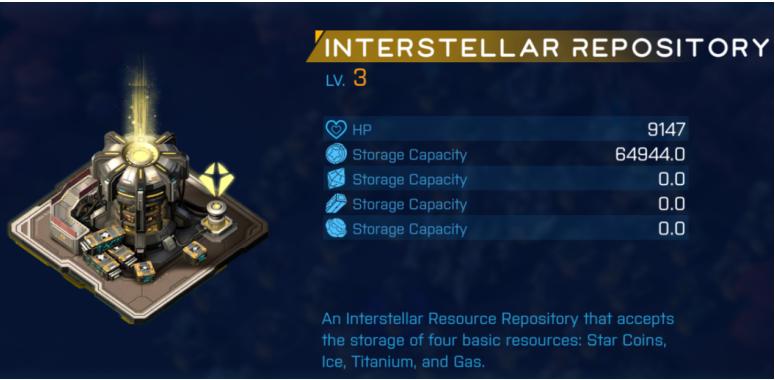
Latest version of the Interstellar Bank
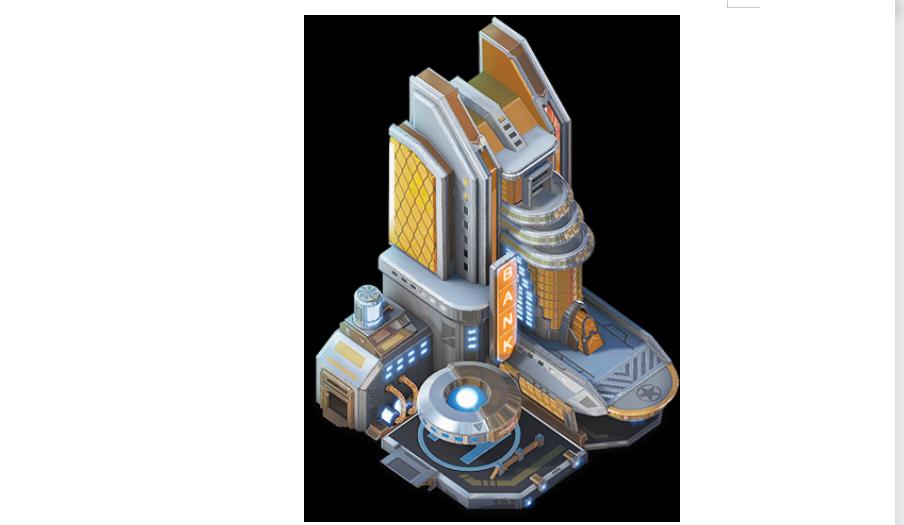
Old version of the Interstellar Bank
As a storage place for star coins, the interstellar bank has changed from a modern bank style in previous versions to a design resembling an optical brain with numerous USB ports, which the creators believe aligns with the future development of banks as hardware wallets.
5. Planetary Eye
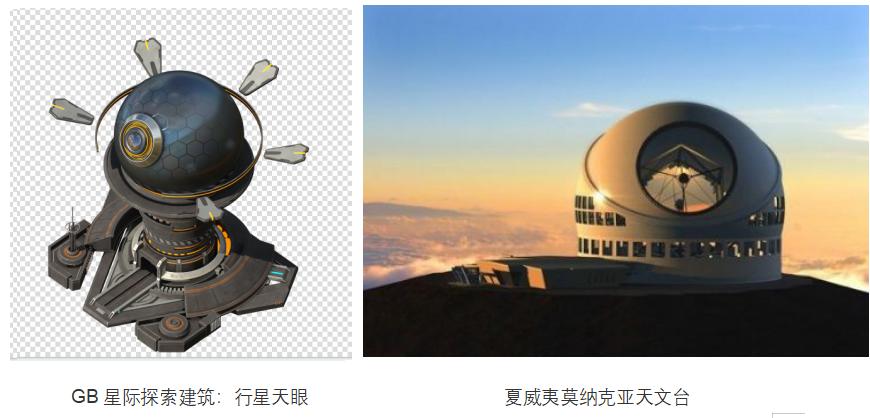
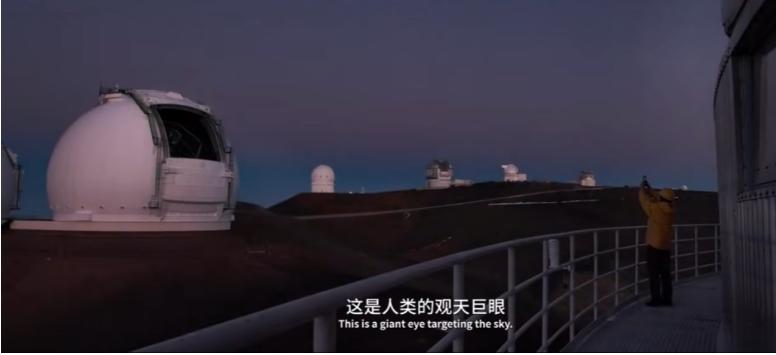
Documentary "University" features Tsinghua University Astronomy Department Associate Professor Cai Zheng working at the Mauna Kea Observatory in Hawaii
In the game, the planetary eye serves the function of scouting enemy movements and expanding the interstellar map. This feature has not yet been launched. The creators told me that their reference was the Mauna Kea Observatory in Hawaii, as their scientific advisor is a Finnish scientist who works there and strongly insisted on using the Mauna Kea Observatory as a reference for the artistic design of the planetary eye, believing it is necessary to convey the giant eye of humanity observing the heavens to the public through the game.
Letting the public understand the grandeur and depth of the universe, the documentary "University" serves as a force, just as many young Finns learned about China's Lantern Festival through "Genshin Impact." He hopes that Galaxy Blitz will be a deeper force, stating, "The Mauna Kea Observatory is not just a Keri (U.S. attendance system) for astrophysicists but should become a symbol for the public to step into the universe."
6. Two-Dimensional Foil
I previously mentioned five buildings that seem unrelated to "Three-Body," but this last one embodies the essence of "Three-Body" the most. Galaxy Blitz has realized the ultimate weapon from the "Three-Body" novel: the two-dimensional foil.
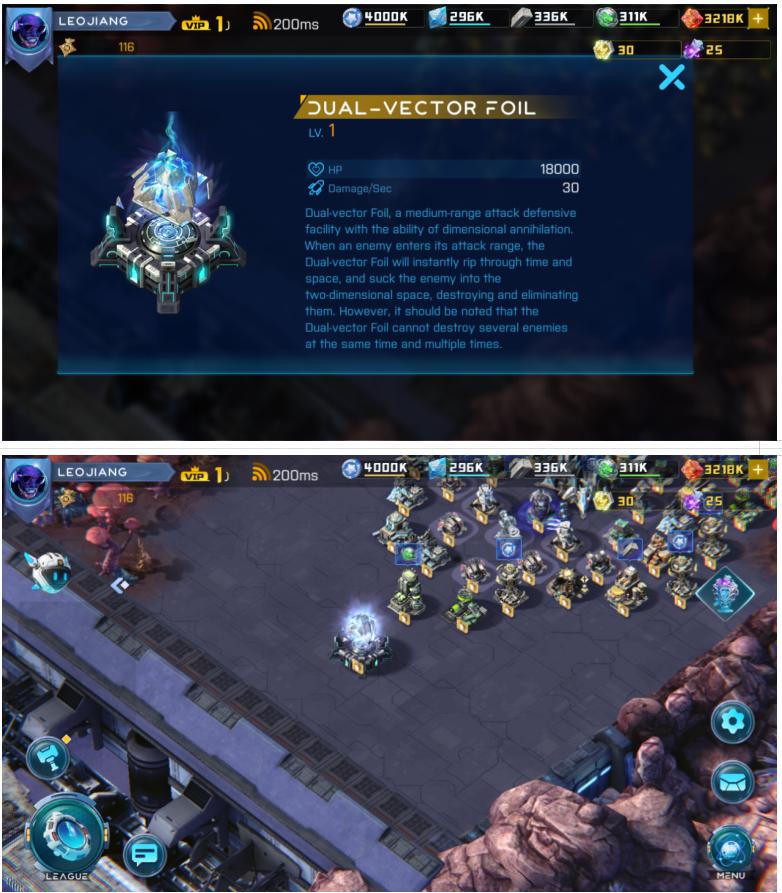
According to the creators, the two-dimensional foil completely realizes the effect of dimensionalizing player weapon units as described in the original text:
"At this moment, the space city sank like a giant ship with a broken bottom into the two-dimensional ocean. The two-dimensional plane rose rapidly like the water surface inside the ship, and everything in contact with the plane was instantaneously dimensionalized. The buildings were cut by the rising two-dimensional plane, their two-dimensional forms expanding on the plane, as the plane within the city was only a small part of the dimensionalized space city, most of the dimensionalized buildings extended beyond the boundaries of the space city. On the rising and expanding two-dimensional plane, colorful colors and complex structures flowed and scattered in all directions like lightning, as if the two-dimensional plane were a lens, peering at the colorful giant beasts rushing by below."
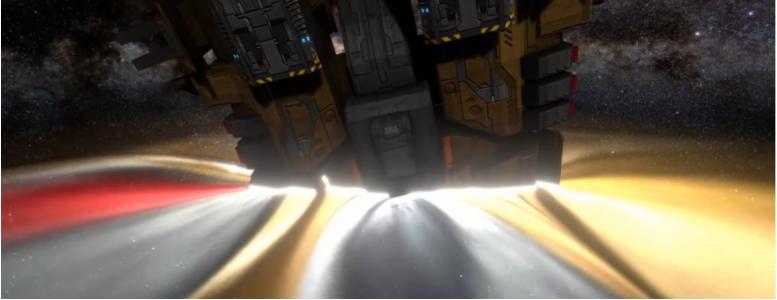
If you want to experience the magnificent scene of the two-dimensional foil strike, please join the Galaxy Blitz beta testing event.
Five items including NFTs, whitelist spots, and other prizes are waiting for you.










